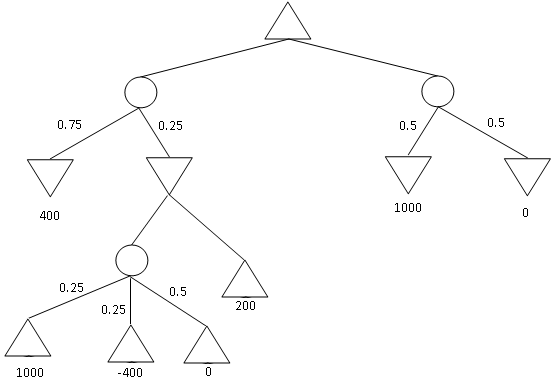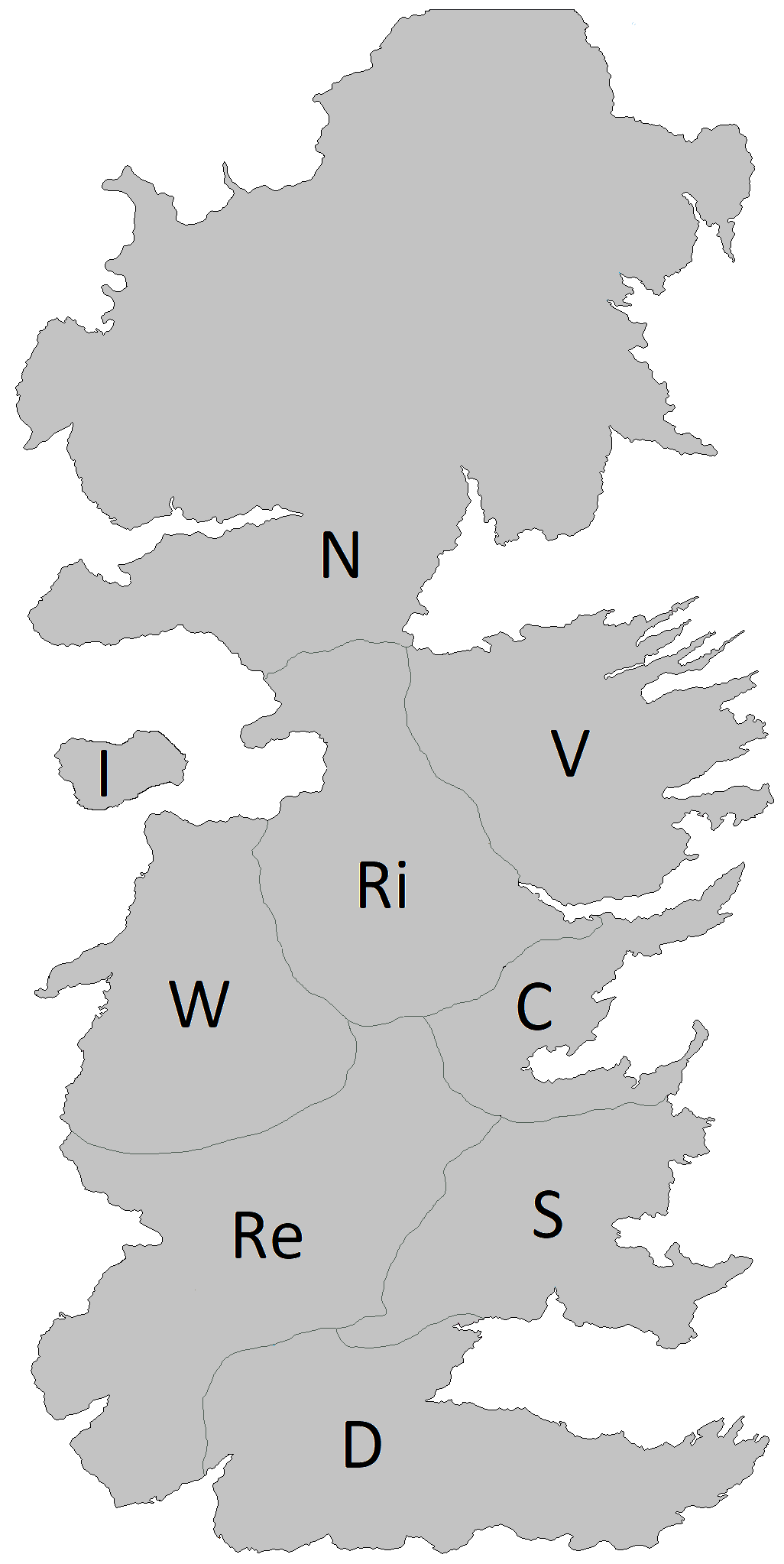Assignment 2
Written Assignment - Game Playing & CSP
Max possible score:
- 4308: 85 Points (+5 Points EC)
- 5360: 85 Points (+5 Points EC)
Task 1
Max: [4308: 15 Points,
5360: 15 Points]
Figure 1. A tic-tac-toe board state.
Consider the tic-tac-toe board state shown in Figure 1. Draw
the full
minimax search tree starting from this state, and ending in terminal
nodes. Show the utility value for each terminal and non-terminal node.
Also show which move the Minimax algorithm decides to play for X.
Utility values are +1 if X wins, 0 for a tie, and -1 if O wins. (Note: X is the MAX player).
Task 2
Max: [4308: 15 Points,
5360: 15 Points]

Figure 2. A game search tree.
a. (4308: 10 points, 5360: 10 points)
In the game search tree of Figure 2, indicate what nodes will be pruned
using alpha-beta search, and what the estimated utility values are for
the rest of the nodes. Assume that, when given a choice, alpha-beta
search expands nodes in a left-to-right order. Also, assume the MAX
player plays first. Finally incidcate which action the Minmax algorithm
will pick to exectute.
b. (4308: 5 points, 5360: 5 points) This question is also on
the game search tree
of Figure 2. Suppose we are given some additional knowledge about the
game: the maximum utility value is 10, i.e., it is not mathematically
possible for the MAX player to get an outcome greater than 10. How can
this knowledge be used to further improve the efficiency of alpha-beta
search? Indicate the nodes that will be pruned using this improvement.
Again, assume that, when given a choice, alpha-beta search expands
nodes in a left-to-right order, and that the MAX player plays first.
Task 3
Max: [4308: 10 Points,
5360: 10 Points]
Suppose that you want to implement an algorithm that will compete on a
two-player deterministic game of perfect information. Your opponent is
a supercomputer called DeepGreen. DeepGreen does not use Minimax. You
are given a library function DeepGreenMove(S), that takes any state S
as an argument, and returns the move that DeepGreen will choose for
that state S (more precisely, DeepGreenMove (S) returns the state
resulting from the opponent's move).
Write
an algorithm in pseudocode (following the style of the Minimax
pseudocode) that will always make an optimal decision given the
knowledge we have about DeepGreen. You are free to use the library
function DeepGreenMove(S) in your pseudocode. What advantage would this
algorithm have over Minimax? (if none, Justify).
Task 4
Max: [4308: 10 Points,
5360: 10 Points]

Figure 3: An Expectiminmax tree.
Find
the value of every non-terminal node in the expectiminmax tree given
above. Also indicate which action will be performed by the algoirithm.
What is lowest and highest possible outcome of a single game if the
minmax strategy is followed.
Task 5
Max: [4308: 10 Points,
5360: 10 Points]

Figure 4: Yet another game search tree
Consider
the MINIMAX tree above. Suppose that we are the MAX player, and we
follow the MINIMAX algorithm to play a full game against an opponent.
However, we
do not know what algorithm the opponent uses.
Under
these conditions, what is the best possible outcome of playing the full
game for the MAX player? What is the worst possible outcome for the MAX
player? Justify your answer.
NOTE:
the question is not asking you about what MINIMAX will compute for the
start node. It is asking you what is the best and worst outcome of a complete
game under
the assumptions stated above.
Task 6
Max: [4308: 25 Points (+5 Pts EC),
5360: 25 Points (+5 Pts EC)]
Consider the following map.

Figure 5. Outline of a Map
The problem is to color the sections such that no two sections
sharing a border have the same color. You are allowed to use the colors
(Red, Green, Blue). [Note: Territories V and N share a boundary]
Part a (2 points): Draw
the Constraint Graph for this problem.
Part b (10 points):
Assuming you are using Backtracking search to solve this problem and
that you are using both MRV and Degree heuristic to select the
variable, Which variable will be selected at each level of the search
tree [You do not need to draw the tree. Just let me know which variable
will be selected and why (MRV and degree values)]. Note: Multiple
possible correct answers. You only have to give one.
Part c (10 points): Assume you assign the color 'Red' to the first
variable selected in part b. Show the steps involved in checking the
remaining legal values for all other variables using Arc Consistency.
Part d (3 points): Can you use
the constraint graph to simplify the process of solving this problem?
(Seperating into independent subproblems and/or cutset conditioning)
Part e: (5 points EC): Give one valid solution to this
problem. (You just have to give the solution. No need to give all the
steps)




